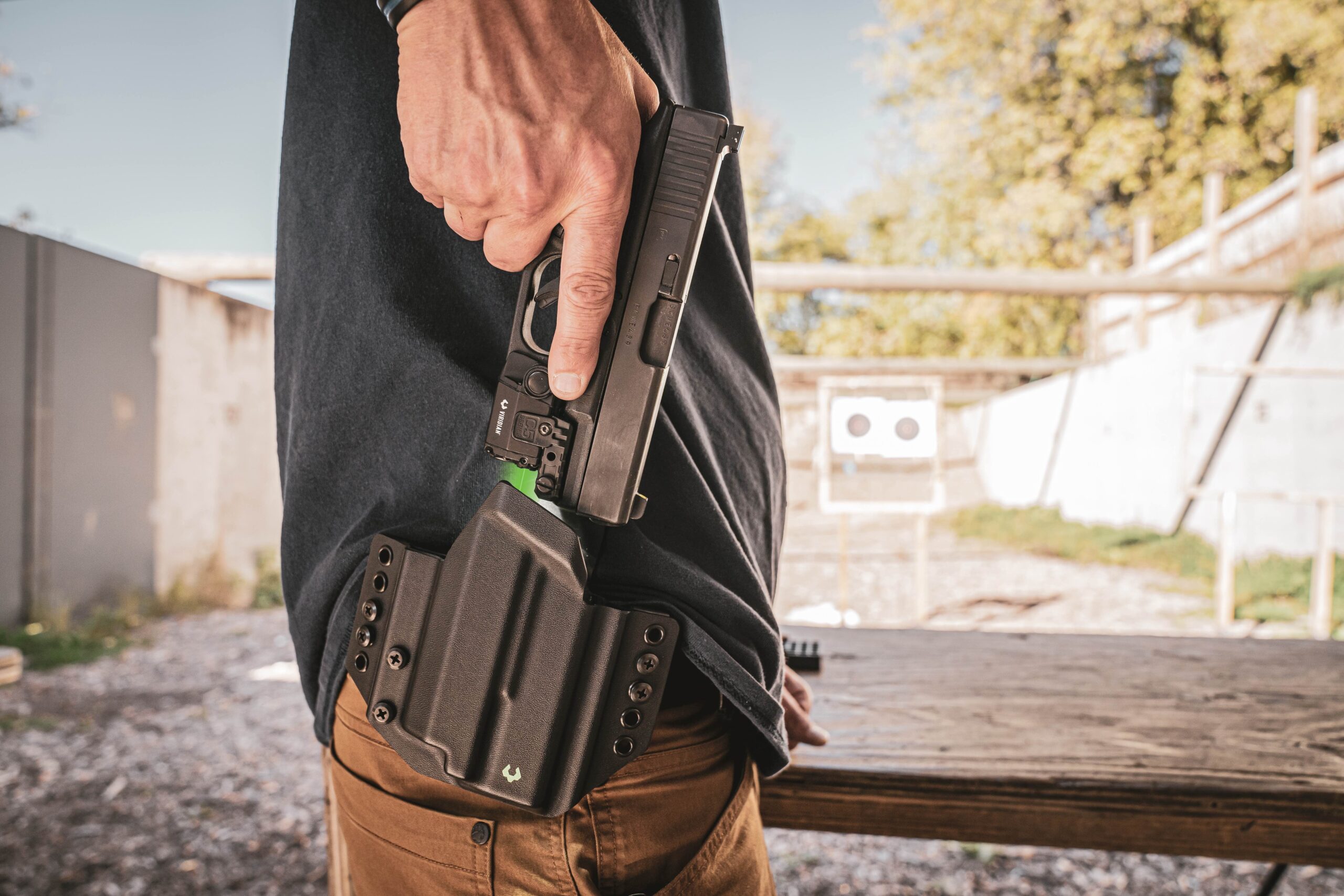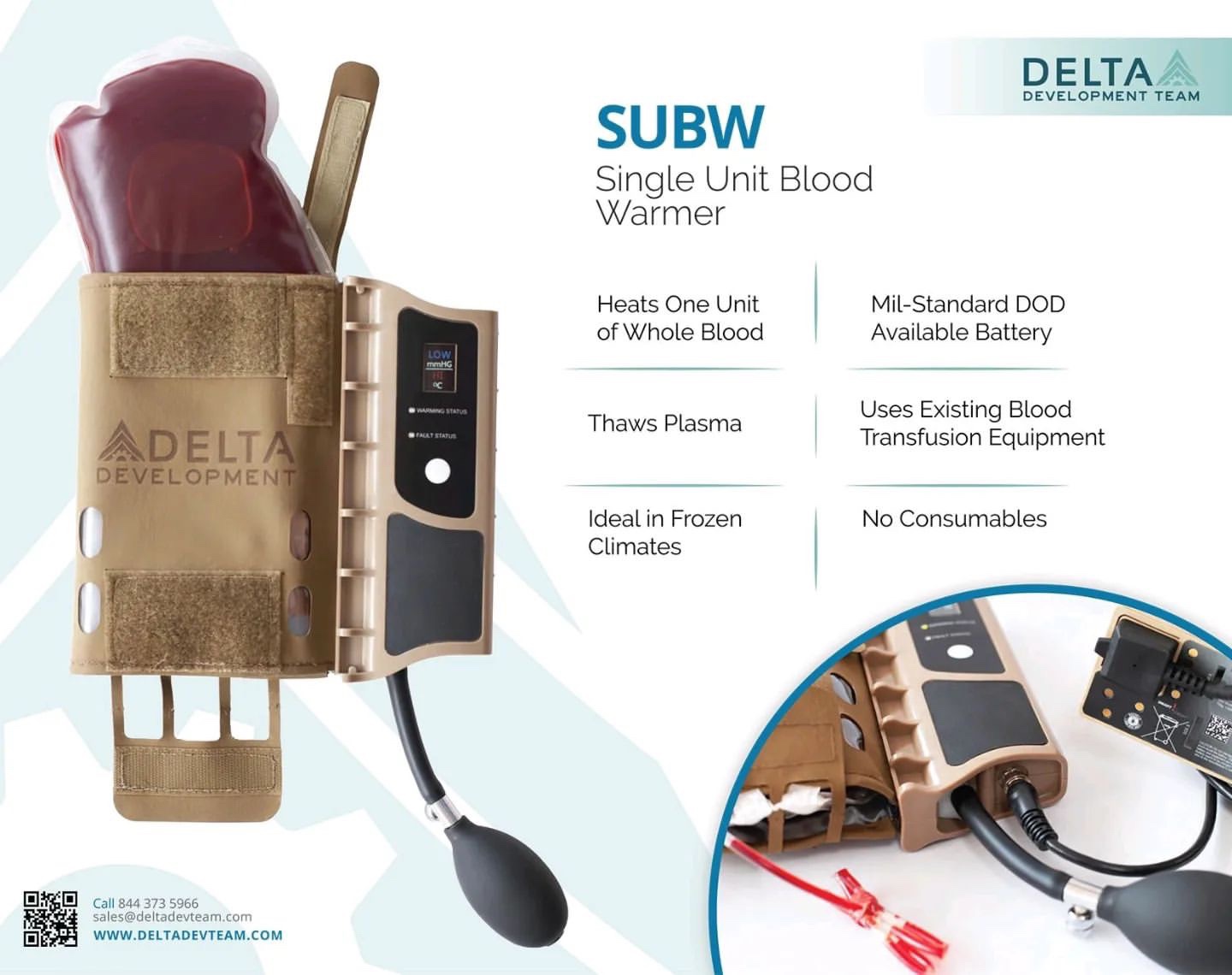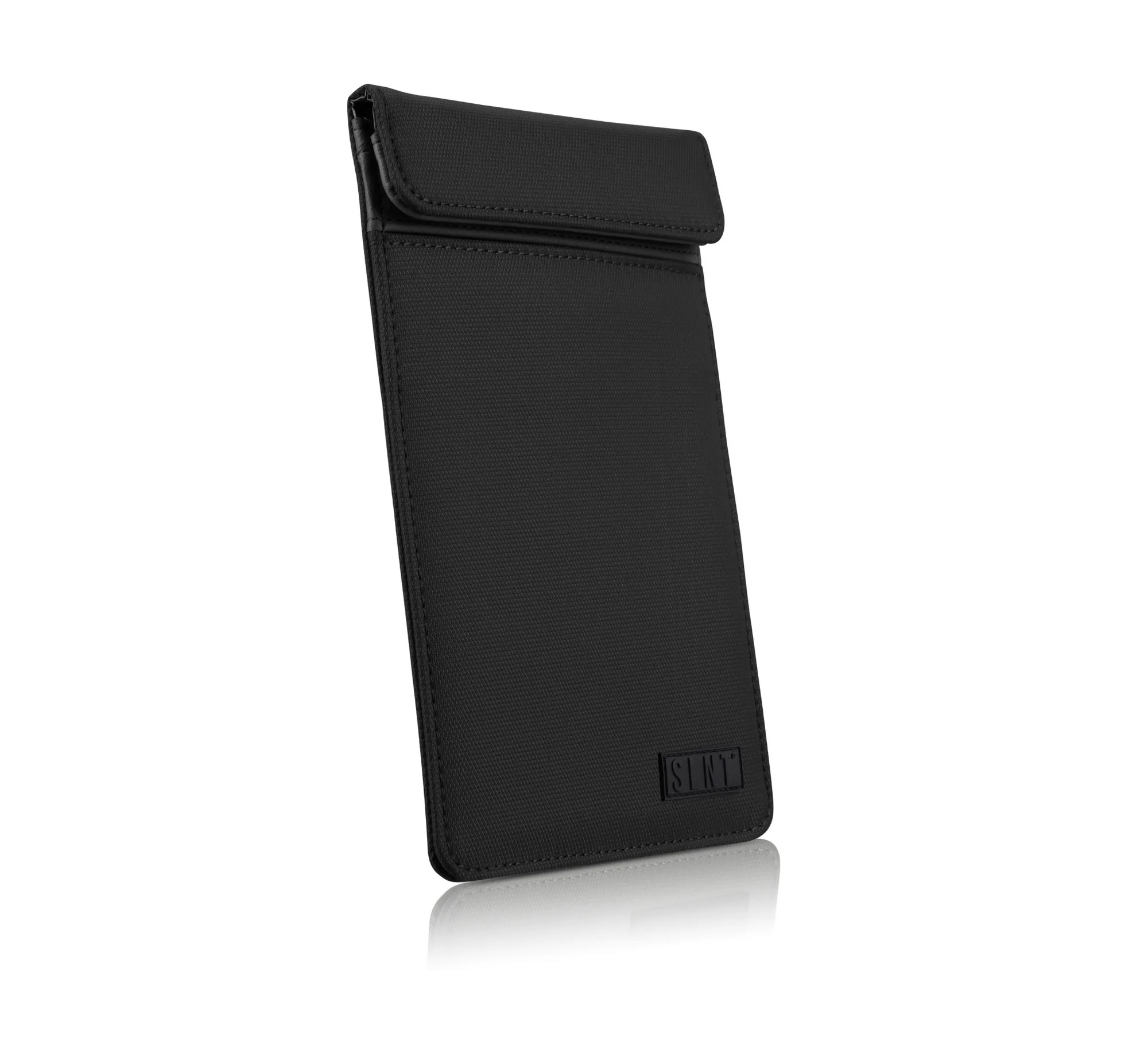Vicenza, Italy – U.S. Army Southern European Task Force Africa (SETAF) partnered with National Conference Services Inc. (NCSI) to host the Tactical and Tech Day Expo at the Golden Lion Conference Center on Caserma Ederle, Vicenza, Italy, October 26, 2022.
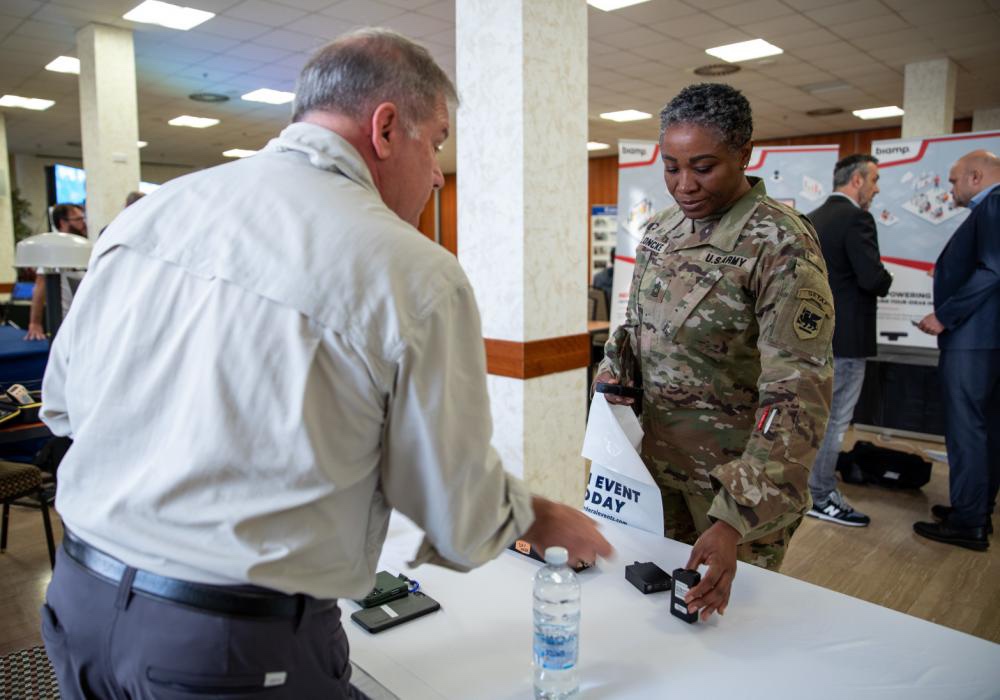
NCSI worked with SETAF prior to the event to develop a list of vendors that would provide technological solutions to bring to our partners in Africa. Having just completed a recent event in Morocco, NCSI was able to identify technology gaps and source vendors who could deploy solutions both in Italy and in Africa.
“Working with specific vendors can help bridge the technology services gap in places like Morocco to provide better, and more mobile security and data protection,” said Katia Sears, NCSI events manager.
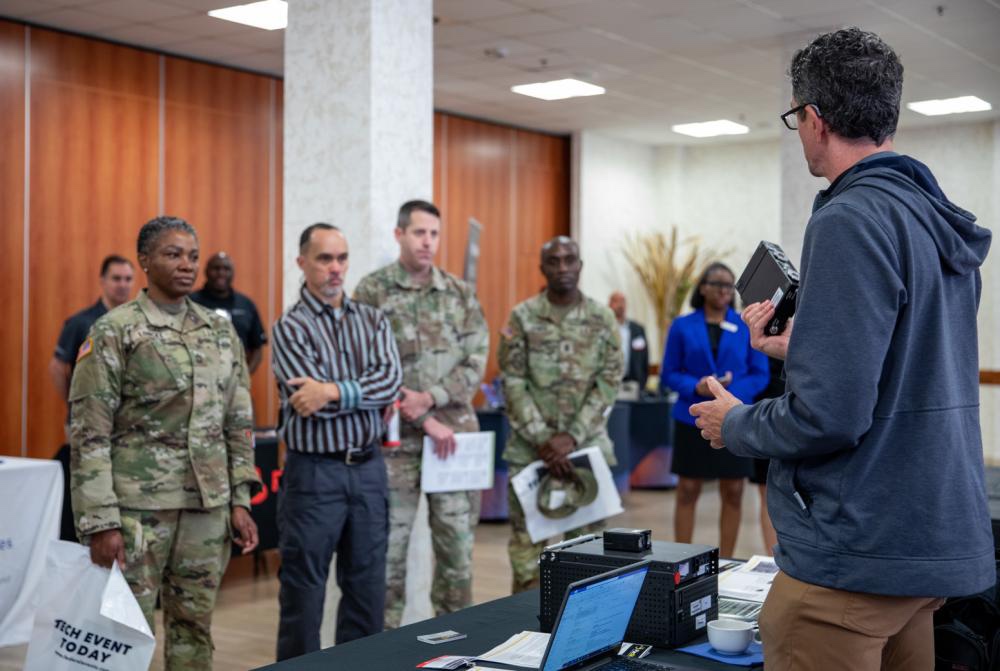
The expo allows companies to showcase their products by providing demonstrations using the latest technological options and services that can fulfill mission requirements through collaborative efforts with members of the Vicenza Military Community who may utilize their services.
Companies showcased products that could aid units with communications, language translation, radar, big data analytics, workflow software, signal monitoring, and advanced structures on the African continent.
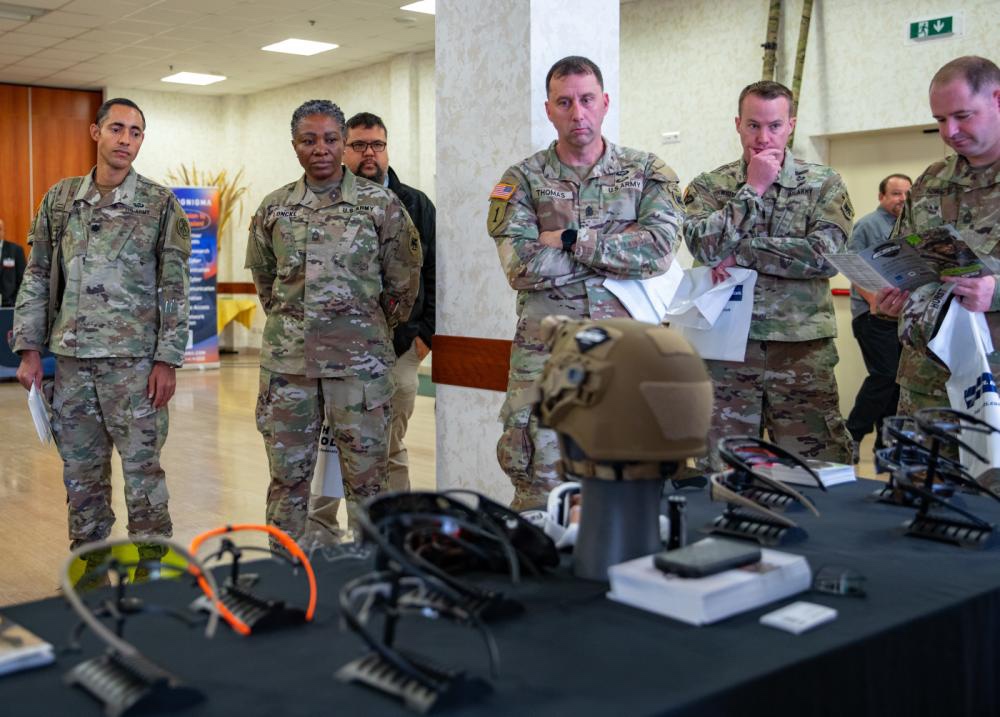
Sgt. 1st Class Simone Loncke, the operations NCO for the Operation Protection Directorate, feels a certain responsibility and vested interest in intel for the continent. She says, “Technology is a way of the future and we have to embrace it. I am impressed by all we can invest in to protect the continent, and how fast it can be deployed.”
While the event aims to cultivate a network of mission-oriented partnerships, it also provides opportunities for individual members to develop professional relationships.
“Technology changes so fast and it is important for the Army procurement process to get in on this stuff early,” said the G6 Sgt. Maj. Thomas Richard.
Due to Covid restrictions, the Tactical and Tech Day Expo has not been held in Vicenza since 2019. An annual event, it is scheduled tentatively for the Spring of 2023.
Story by SPC Alisha Grezlik, U.S. Army Southern European Task Force, Africa


